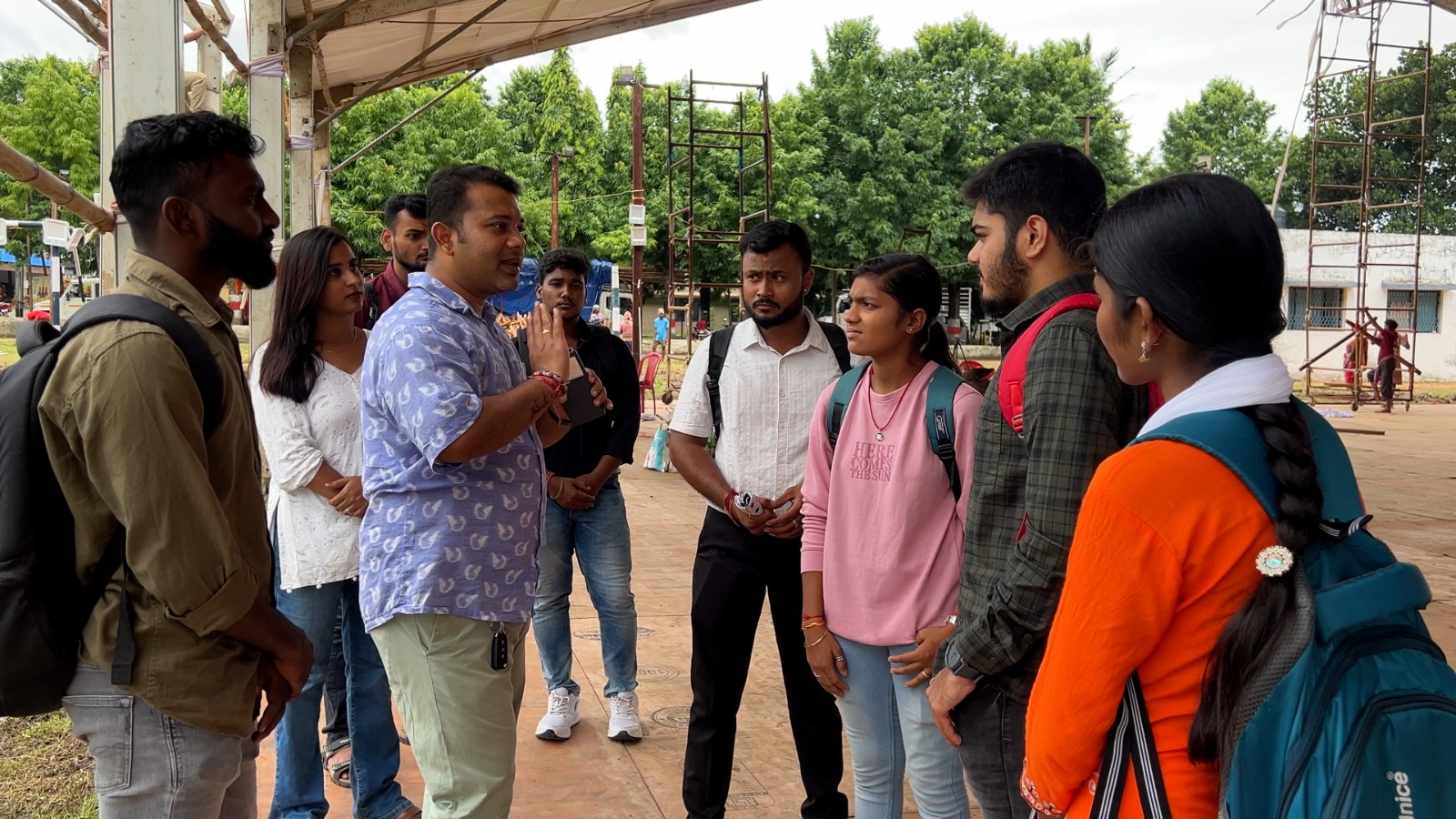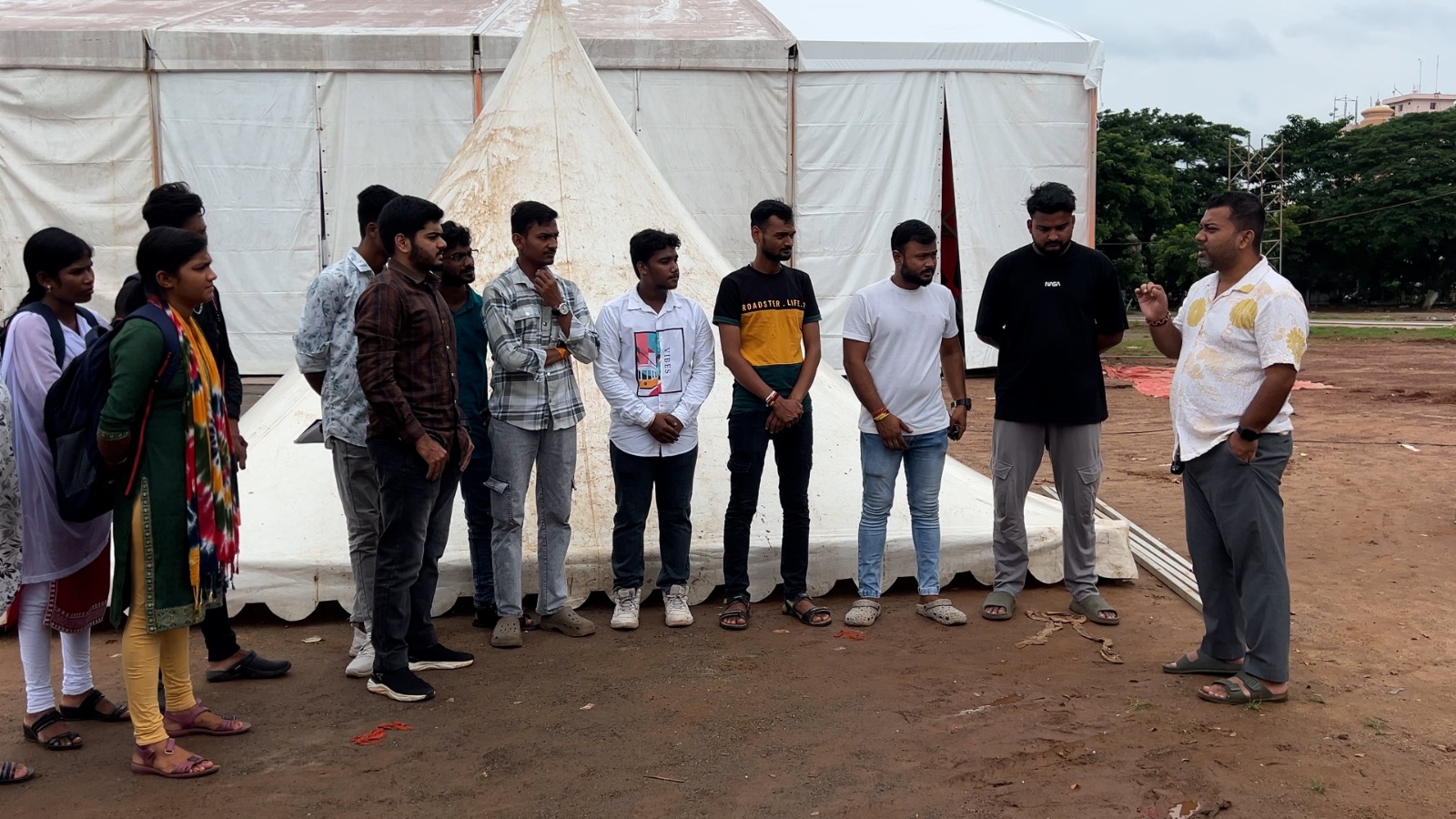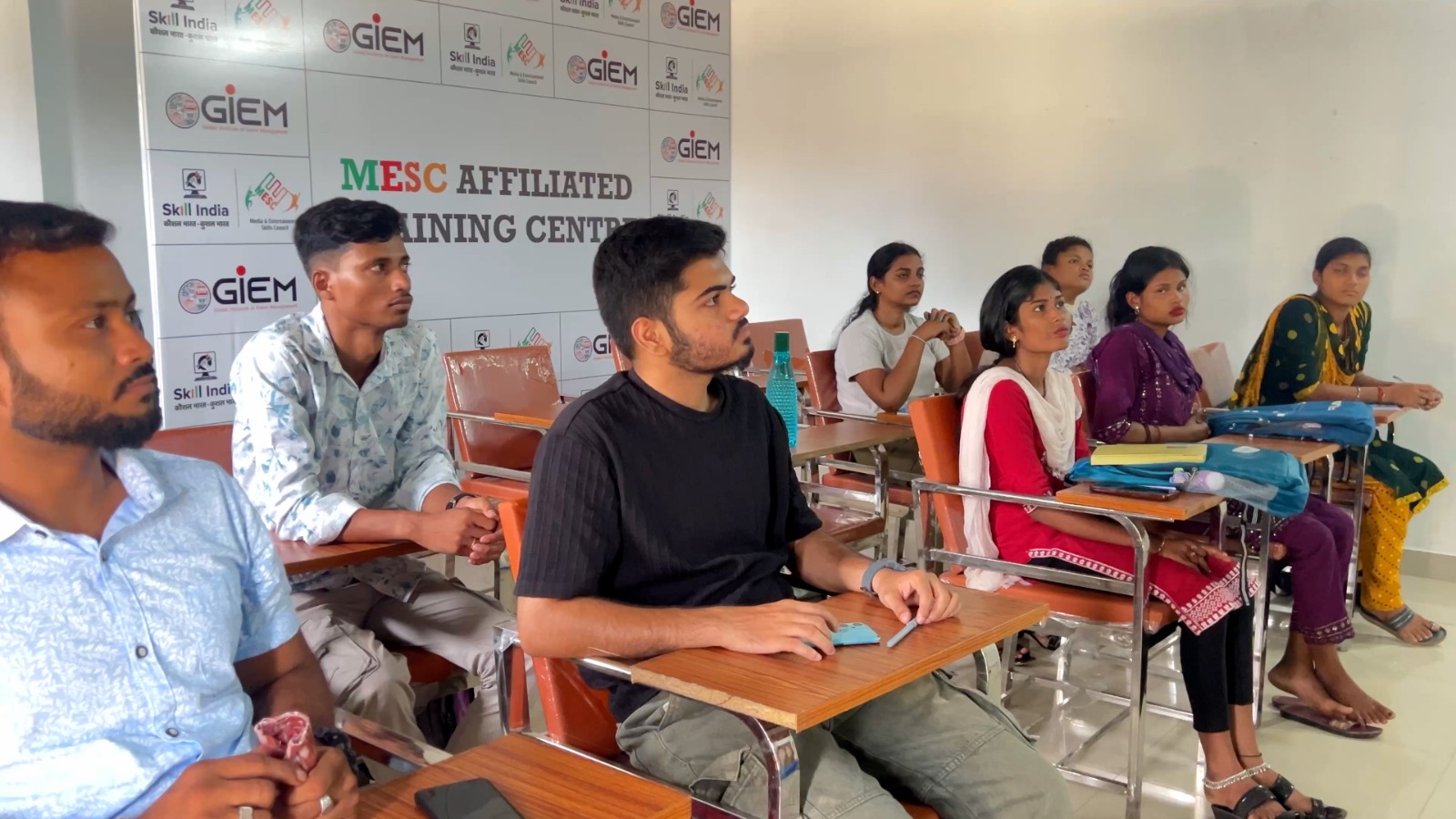From Virtual Reality to Mixed Reality: The Next Big Thing in Event Engagement
The event management world has traditionally been about creating unforgettable experiences. Everything from a sparkle in the lights, to the energy of live performances, is carefully planned to surprise the audience with beauty. Event Technology has, in the last few years, assumed an increased role in the inspiration of the "wow" factor-especially with VR becoming more popular.
In 2025, another star takes the limelight, however: Mixed Reality (MR). Not just another tech trend, MR literally inhibits the interface between real and virtual worlds, where experiences are magical and humanly enriching.

In contrast, VR designs experiences meant to pluck the user out and put them in another world, whereas MR is about brazenly dusting the senses of our own world with a sprinkle of an extraordinary. This presents an immense opportunity to event creators to create with event management trends.
First, Let’s Clear Up the Confusion: VR vs. MR
People often mix VR, AR, and MR together, but they are different in very important ways:
• Virtual Reality is when a user is in a completely digital environment. The user would wear a headset through which they would be able to see only computer graphics. This is probably the best option for gaming and simulations, but it really cuts the user off from the real world.
• Augmented Reality is when there is an overlay of computer-generated effects or digital elements upon the real world: Snapchat filters, Pokémon GO! (game) However, they are not fully integrated.
• Mixed Reality is where the real magic takes place. It is a complete mixture of the real and digital worlds so that elements from one side can interact with one another in the other in real-time. Imagine looking at a really nice conference table, with a 3D hologram of a product sitting on it that you can pick up, rotate, and explore.
In MR, the guests' experience would never steer them toward a dichotomy of "virtual" or "real"; rather, they live inside a space where both really exist side-by-side.
Why MR is Perfect for Events
Events are indeed public experiences. People attend for connection and not just information and entertainment. There is, therefore, something about VR that
makes it somewhat isolating- it creates a 100% immersive event experience, but isolates each person in their own headset.
MR otherwise allows the participants to stay grounded in a shared reality supplemented by digital layers such that people can still:• Make eye contact
• Share physical spaces
• Collaborate in real-time
• Revel and react together to what they see
Thus MR remains very suitable for live events where energy, connection, and collective elation mean everything. When students and working professionals are searching for Event management training programs or Event management certification, Mixed Reality offers a preview into the types of innovations shaping the future of the industry. Learning how MR can enhance engagement is an emerging competency for tomorrow's event leaders.

4 Ways MR is Transforming Event Engagement
1. Immersive Product Launches
Telling stories is what product launches are all about. MR allows you to tell that story in ways you could never do with a deck of slides.
Imagine yourself at a tech launch for a new electric vehicle. The physical vehicle is on stage, but when you put the MR glasses on, it "peels" back in layers of the body to show the engine, battery system, and safety features and animated with data visualizations.
Guests can walk around the model and zoom in to individual parts; they can also see virtual "what-if" scenarios, like how the vehicle operates in the rain or snow. It's interactive, memorable, and much more attractive than a static display.
2. Conferences and Learning Events
Conferences can sometimes be... let’s face it, a bit stale. PowerPoint presentations aren't really going to wow the audience.
In MR, speakers have the ability to stand next to hovering additional 3D models, evoke life-sized historical re-enactments or allow participants to manipulate virtual prototypes from their seats. Think about learning about the solar system and having the experience of actually ‘holding’ a holographic planet.
This isn't just more fun; it's empirically better for memory recall. Research has shown that interactive 3D imagery can help to engage learners over 30% more.
3. Gamified Networking
Networks are awkward. Just accepting that walking up to complete strangers and making small talk is uncomfortable in a social situation is factor #1 to get through the experience. MR can provide a playful experience for networking as opposed to an experience that can be painful.
At some sort of business mixer, the attendees would wear MR glasses that displayed a small 'interest tag cloud' above each person's head, containing interests, industries, favorite books, etc. This would create natural "conversation starters". You could even create a scavenger hunt for the venue, where the only way to 'see' hints, would be through the MR experience and have people form into teams to figure out the hunt.
MR, in whatever form you use, can take that small talk barrier out of networking by gamifying the experience.
4. Entertainment That Feels Like Magic
MR can open the possibilities for gala dinners, weddings, or corporate parties. Imagine a ballroom where, through MR, as you walk in, the ceiling becomes a starry night sky and shifts with the music.
Or, consider a live band with imagery, animated visuals, pulsing and swirling around the band in sync with the music—visible only through MR glasses. It is not just entertainment; it will be a cause for discussion for years to come with your guests.

Why MR Will Outshine VR in the Events Space
Event technology is upgrading, VR has had its time, and while it still has its place in certain scenarios, MR solves a big challenge: how to incorporate technology into an atmosphere that drives connection rather than displacement.
With MR:• Guests remain present within the context of the event.
• Interactions occur naturally — no one is ignorant of surrounding interaction.
• Elements of the physical environment can work cohesively with digital creativity.
Or in other words, MR compliments an event rather than overshadows the human interaction.
Challenges You Need to Plan For
As exciting as MR is, it presents some challenges:
• Cost – MR headsets (like Microsoft HoloLens 2 or Magic Leap 2) are still very pricey, especially when deploying for a large event.
• Content Development – You will need 3D designers with the knowledge of both MR and storytelling for events.
• User Comfort – Some guests may have reservation about using headsets, and will need simple onboarding to feel comfortable.
The good news is that, like all new tech, MR will become more provided and cheap in the near term. Planners who are willing to learn how to connect MR with events will be streets ahead of their competitors.

Tips for Bringing MR Into Your Next Event
1. Scale Down – Start with MR for a small part of the event instead of trying to use it for the entire event.
2. Tell a Story – Don’t just have the MR effects for the sake of having visuals. There should be a purpose and logic behind using them, which ties into the narrative.
3. Provide “Spectator Mode” – Provide large screens to show what users of headsets are seeing so that the larger audience can remain engaged.
4. Collaborate with Information Producers – Seek out MR content producers who understand the pacing of events as well as the psychology of your audience.
Looking Into the Future
In the near future, MR hardware will be lightweight, inexpensive and will have even more power - ultimately consisting of designer eyewear that looks like normal glasses. Envision walking into a conference, not needing to “suit up” i.e. no backpack or head-mounted display; just glasses on your face, instant access to enhanced, interactive content around you.
We will also see more MR hybrid events, in which the people attending remotely can have the MR enhanced experience like the people in the room, thus making “being there” possible from anywhere.
Final Thoughts
Mixed Reality isn’t just the next great thing, it’s the next better thing. It blends the excitement of technology and the relatability and warmth of shared human experiences with your guests.
For our event professional readers, the takeaway is to start working on MR a new event management trends, now. Despite it being intimidating given the whole 'learning curve' thing, the return we can achieve for our guests with satisfaction, brand impact, and wow-factor is worth it.
The future of event management will not be to replace reality, but to amplify it until it seems like magic. With MR, that future has already started.

